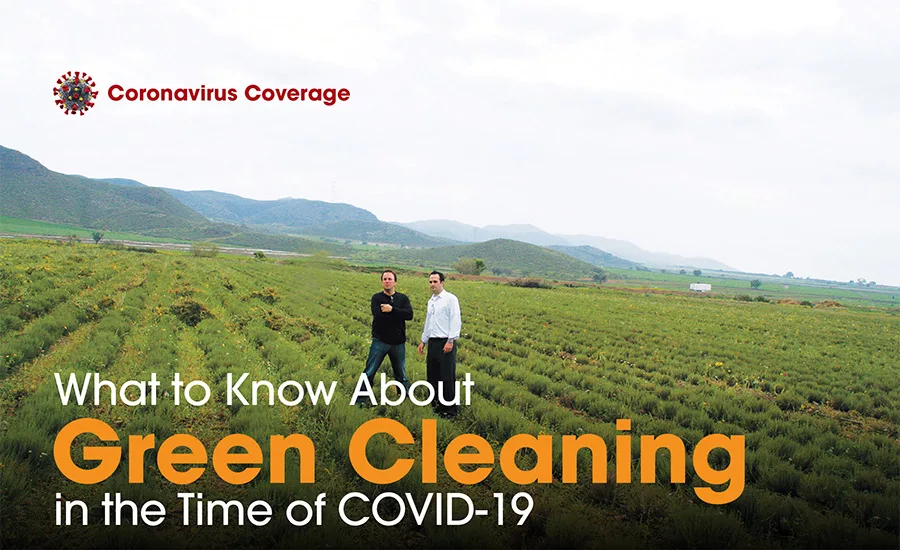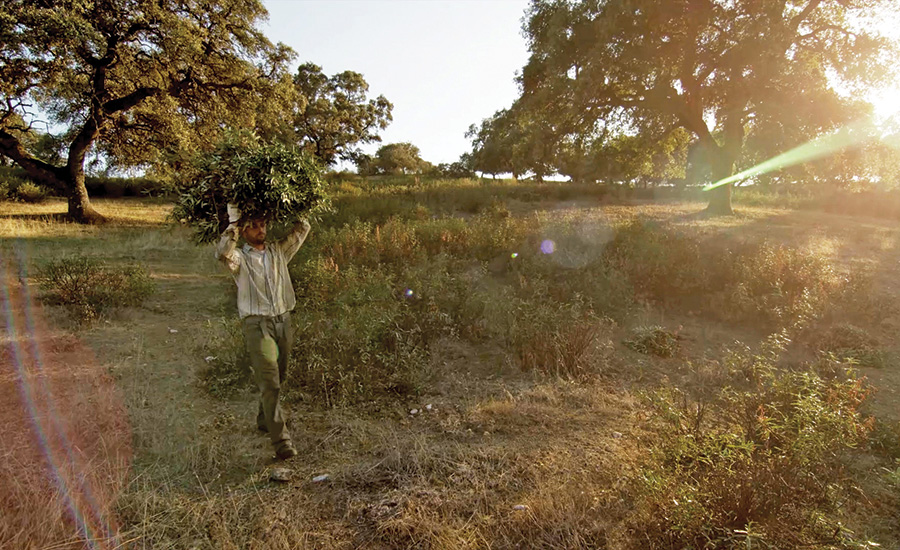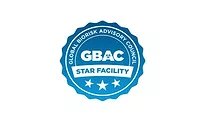What to Know About Green Cleaning in the Time of COVID-19

Earlier this year, as organizations began to grapple with the scale and scope of the COVID-19 crisis, cleaning and restoration work began ramping up in some critical, highly trafficked facilities in an effort to stem the spread of the virus. Locations like sports stadiums, buildings on Capitol Hill, schools, and much more required quick restoration and remediation work. These massive cleaning and disinfecting efforts will likely continue throughout the summer, as numerous states and governments eye partial and full reopening.
This all comes at a time in our industry when an increasing number of restoration pros are offering green cleaning and disinfecting solutions, involving limited use of synthetic cleaners to better protect the environment and the people who live and work in the target facilities. These methods have become particularly beneficial in projects involving sensitive populations—facilities that serve people with compromised immunity, respiratory challenges, those with certain chemical sensitivities, children, the elderly, and pets.
But “green” cleaning has never been quite as simple as it sounds. There are many cleaners and disinfectants in the marketplace that make botanical claims without being 100% plant-derived, utilizing synthetic ingredients to supplement their formulations. While some of these products might be effective, they may not ultimately fulfill the promise of a true, fully botanical cleaning and disinfecting solution.
For professionals seeking to deliver on heightened demand for disinfectant services while maintaining a commitment to authentically botanical cleaning, here are a few things to keep in mind.
Navigating demand spikes and supply shortages.
Earlier in the spring, general consumers might have found it difficult to get their hands on basic disinfectant necessities like Lysol and Clorox Wipes, as demand for these everyday items spiked amidst rising anxiety associated with the pandemic. Indeed, supply chains for conventional disinfectants were rocked by a sharp rise in demand, leaving manufacturers struggling to obtain raw materials to make synthetic active ingredients like quaternary ammonium compounds.
There is additional complexity to be considered in the making of true botanical disinfectants, and if you’re finding it difficult to obtain your preferred solution right now, there is a good reason for it. Where synthetic ingredient manufacturing can be scaled up as needed, true plant-based botanicals aren’t simply made in a factory. Active ingredients here include highly specialized essential oils that plants naturally produce to protect themselves from invading microbes. Authentically botanical products harness these oils, and the plants from which those oils are derived simply take time to grow before extraction and product formulation can take place. This is a natural process and can’t be sped up by synthetic measures without compromising the integrity of the product.
As such, COVID-19-induced demand has put a strain on the availability of true botanical products throughout the professional cleaning and restoration industry. While this is a challenge, it has also created a novel way to discern which products that make botanical claims are most likely authentic and which ones aren’t. Put simply: If you’re easily getting your hands on large amounts of a product that makes botanical claims right now, be aware that it is likely not authentically botanical and augmented with synthetics in some way.
Follow EPA guidelines.
While it is unclear exactly how long SARS-CoV-2 lives on surfaces, it is generally well established that viral spread can occur from contact with infected surfaces or objects. The Harvard Medical School notes that “a person can get COVID-19 by touching a surface or object that has the virus on it and then touching their own mouth, nose, or possibly their eyes.”
When cleaning and disinfecting surfaces aimed at limiting viral survival, it’s important to remember the important distinction between cleaning and disinfecting. Cleaners do not necessarily kill germs or viruses and aren’t able to make public health claims on their labels. Watch out for “antimicrobial” cleaners or other marketing terms that allude to killing germs. A good rule of thumb to distinguish between cleaners and disinfectants is to check for EPA registration, which certifies a product’s ability to kill germs on surfaces.
To those ends, abide by the Environmental Protection Agency’s (EPA’s) List N: Disinfectants for Use Against SARS-CoV-2. Because of the virus’s novelty, there is currently no available testing for any disinfectant manufacturer to definitively claim that their product kills SARS-CoV-2. However, the products on List N are expected to kill the SARS-CoV-2 because they have previously demonstrated efficacy against viruses that are harder to kill, like norovirus and rhinovirus. SARS-CoV-2 is an enveloped virus, encased within a lipid bilayer. Lipid envelopes are extremely sensitive to disinfectants, making enveloped viruses easier to kill than a nonenveloped virus, which is generally more resistant to changes in temperature, pH, and differing disinfectant measures.
If you’re seeking to use a botanical cleaner for COVID-19-related projects, ensure that it is included on the EPA’s List N. For example, several Benefect® products from ICP Building Solutions Group are included on List N, are authentically botanical-based solutions using thymol from essential oils as its active ingredient. Because Benefect has demonstrated efficacy against rhinovirus, it has been listed as an effective disinfectant for SARS-CoV-2.

Protecting yourself and your teams.
While green cleaning efforts are beneficial for sensitive populations, as stated earlier, there is another factor to consider during this unprecedented time.
By taking on coronavirus-related cleaning and disinfecting jobs, restoration and cleaning professionals are inherently putting themselves at more of a heightened risk than is typical in our industry by exposing themselves to facilities where the virus may be living. This is important, essential work. Utilizing conventional chemical cleaners and disinfectants for this—or any—kind of job involves prolonged exposure to those chemicals, and that comes with a potential toxicity risk.
This is just one more reason why green cleaning has become increasingly popular. Natural, authentically botanical cleaners and disinfectants that are registered by the EPA come with no toxicity burden and perform at the same level as any conventional synthetic product.
As the cleaning and restoration industry pushes onward in a world changed by this pandemic, green cleaning may be more relevant than ever before. Be sure that you’re armed with the right knowledge to select a true, effective, botanical disinfectant for these and other critical jobs.
Looking for a reprint of this article?
From high-res PDFs to custom plaques, order your copy today!








